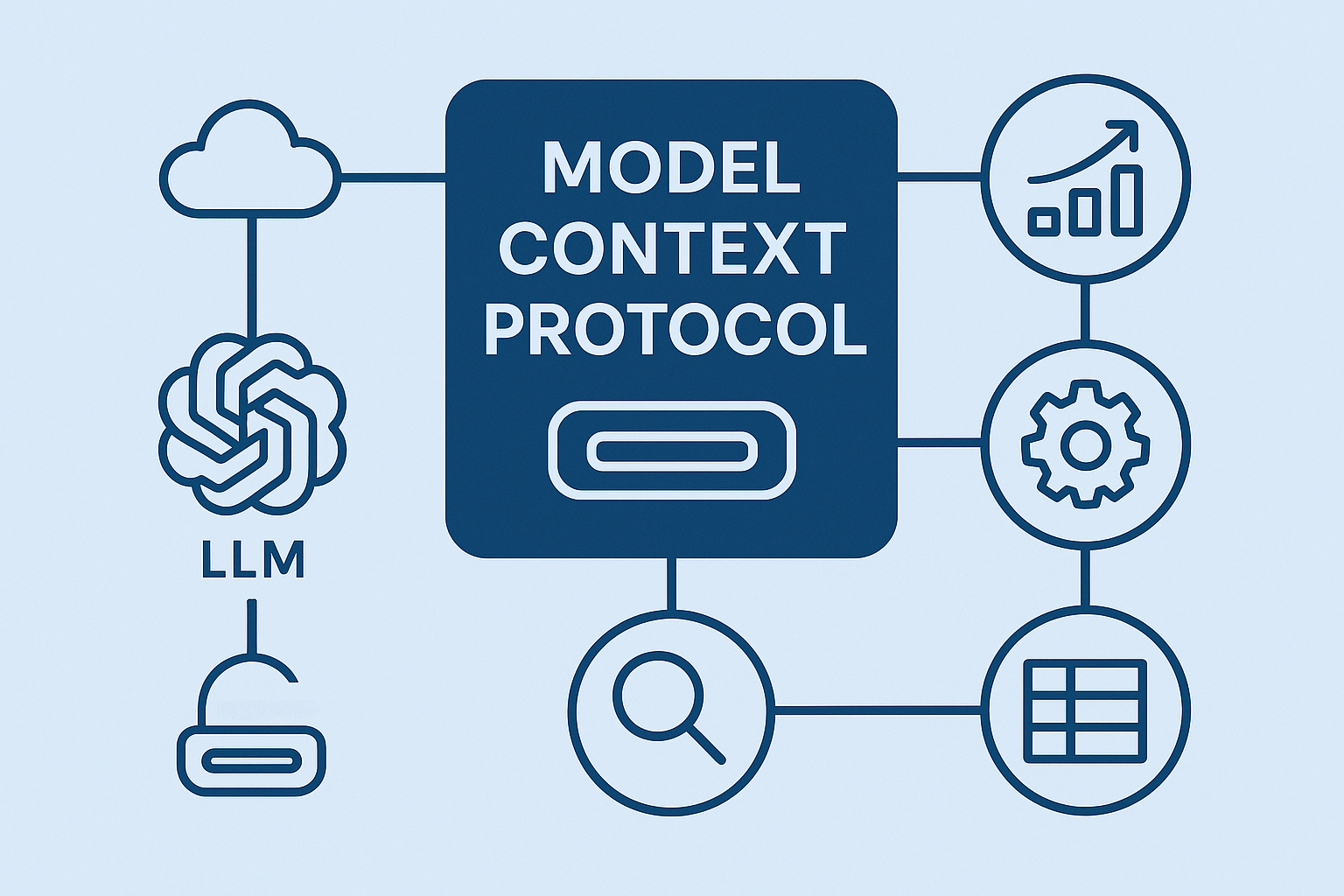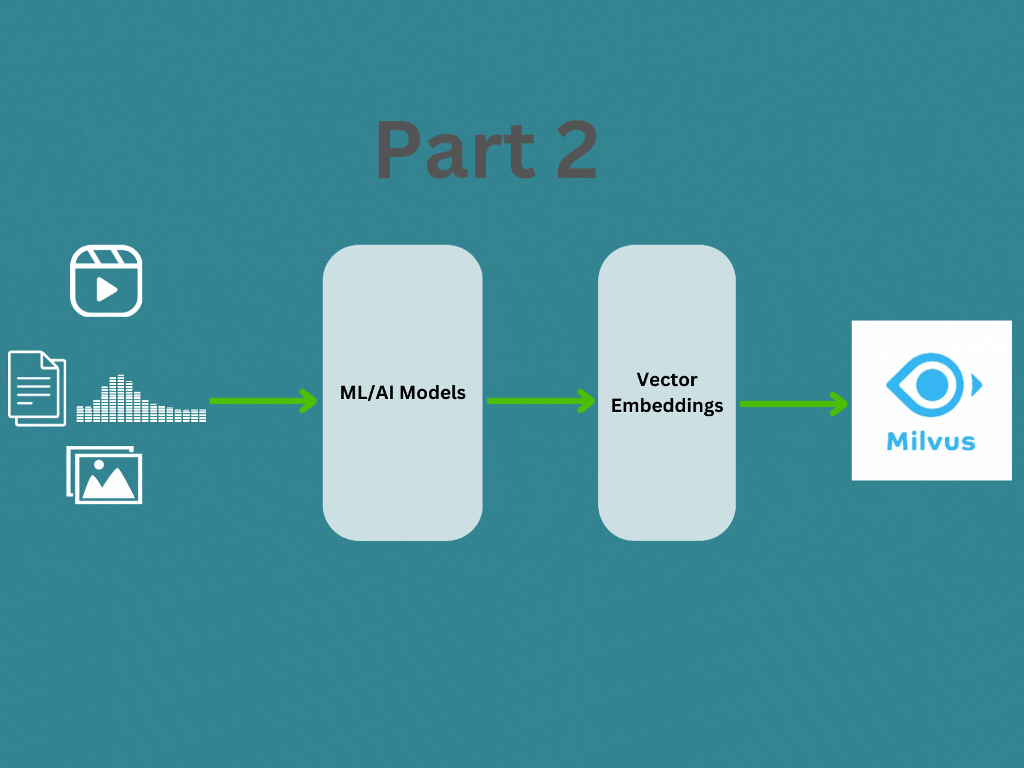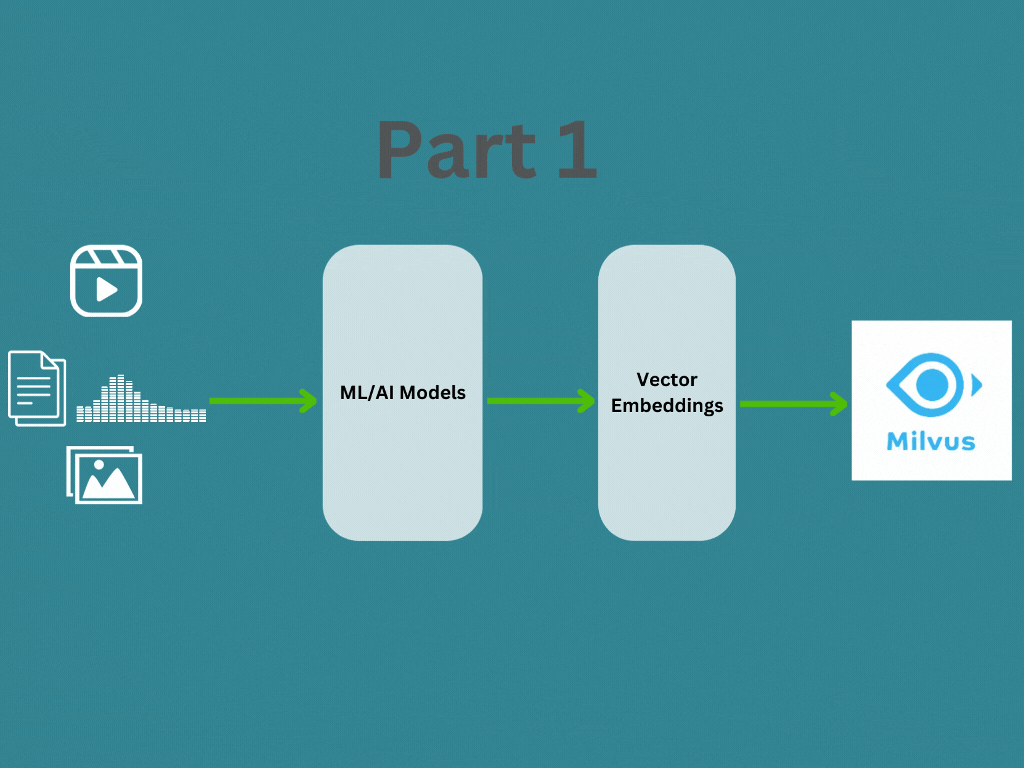
Getting started with Model Context Protocol (MCP)
Model Context Protocol (MCP) is rapidly gaining traction in the AI community and for good reason. Developed by Antropic and released as open-source in November 2024, MCP is emerging as a compelling advancement in how AI systems interact with external data and tools. What is Model Context Protocol (MCP)? Here is the definition by the Antropic MCP is an open protocol that standardizes how applications provide context to LLMs. Think of MCP like a USB-C port for AI applications....

Run LLMs locally with Ollama - Zero cost, 100% Privacy and NO GPU
In this post, I will guide you through the process of deploying Large Language Models (LLMs) on your personal computer and setting up a simple chatbot within one hour. This tutorial requires no advanced expertise in AI/ML or Python programming, familiarity with basic concepts is sufficient. We will cover everything from configuring the virtual environment to launching the web based User Interface (UI), providing a comprehensive, step-by-step guide along the way....

Manage vector embeddings with Milvus (A powerful Vector Database) - Part 2
In Part 1, we covered about what are vector emdeddings and how to generate vector embedding for different data types. In this post we will learn about how the vector embeddings are managed and searched using a vector database like Milvus for your application. You can find the documentation here Architecture Milvus is an opensource vector database build on top of popular vector search libraries including Faiss, HNSW, DiskANN, SCANN and more....

Manage vector embeddings with Milvus (A powerful Vector Database) - Part 1
In this post, we will learn about what are vector emdeddings and how to generate vector embedding for different data types. In the Part 2 I will explain how the vector embeddings are managed and searched using a vector database like Milvus for your application. What are vector embeddings? Vector embeddings are a way to convert data (Text, Image, Audio, Video or any other form of data) into numbers that represent their meaning and relationship (refered as a quantity with both magnitude and direction in Physics)....

Tensorflow Lite(TFLite) with Golang
Published in Analytics Vidhya https://medium.com/analytics-vidhya/tensorflow-lite-tflite-with-golang-37a326c089ff Tensorflow Lite commonly known as TFLite is used to generate and infer machine learning models on mobile and IoT(Edge) devices. TFLite made the on-device(offline) inference easier for multiple device architectures, such as Android, iOS, Raspberry pi and even backend servers. With TFLite you can build a lightweight server based inference application using any programming language with lightweight models, rather than using heavy Tensorflow models. As developers, we can simply use existing optimized research models or convert existing Tensorflow models to TFLite....
Edge(Fog) computing and Tensorflow lite
For the past few years IoT has become the hot topic in the technology world. This led the evolution of Edge computing to gain momentum and introduced new technologies. In mid 2017 Google announced the Tensorflow lite, which is an advanced and lightweight version of it’s predecessor Tensorflow mobile(Google is planning to replace Tensorflow mobile with Tensorflow lite in future). What is Edge computing ??? Edge computing is a method of optimizing cloud computing systems “by taking the control of computing applications, data, and services away from some central nodes (the “core”) to the other logical extreme (the “edge”) of the Internet” which makes contact with the physical world....
Java Unit testing using JUnit @RunWith(Suite.class)
As developers we should start writing unit test cases, to be sure the unit of codes we have written works fine. Along with unit testing we can write functional test cases to be ensure our functionality works as expected. In this blog post i’m planing to explain how i used JUnit and selenium for an external OAuth login module. In my module I needed to support set of external account from different OAuth providers, such as google, facebook, microsoft etc … This module is responsible for provide a valid access token for different provider from an API exposed to external systems....
SSL Pinning in Android
In this post I would like to explain how to do the SSL Pinnig from Android. First of all we will get a little idea about what is SSL and Pinnig means. In this post I did referred the OWASP (Open Web Application Security Project) page, where we can gain knowledge in common security risks of our software. Mostly in client-server communication, we uses TCP/IP protocol. Based on TCP/IP there are application layer protocols, which are well known to the world(Such as HTTP, SMTP, FTP etc…) Widely used client-server communication protocol is HTTP....
Android Linkedin SDK 1.0.0 Example
In a previous post, I have explained how to access the Linkedin API’s using Scribe. But luckily Linkedin have introduced their Mobile SDK for Android recently. This will save lot of times for developers and hope in the future will have lot of functions over the SDK. In this post I’m going to give some hints and important steps to integrate Linkedin SDK for existing linkedin integrated(Using Scribe) application. When using Scribe for OAuth authentication, linkein returned us an AccessToken and we saved that in shared preferences for future use....
Secure Android Application Development Tips
In Android Operating system, there are lots of security features which will protect your applications. The common security threat of Man in the middle attack, will help attackers to initiate an attack from a mobile application. This may of a small mistake like adding log of sensitive data. After development of an application it is better to do a Penetration testing. There are lots of tools and services for penetration testing and vulnerability testing....